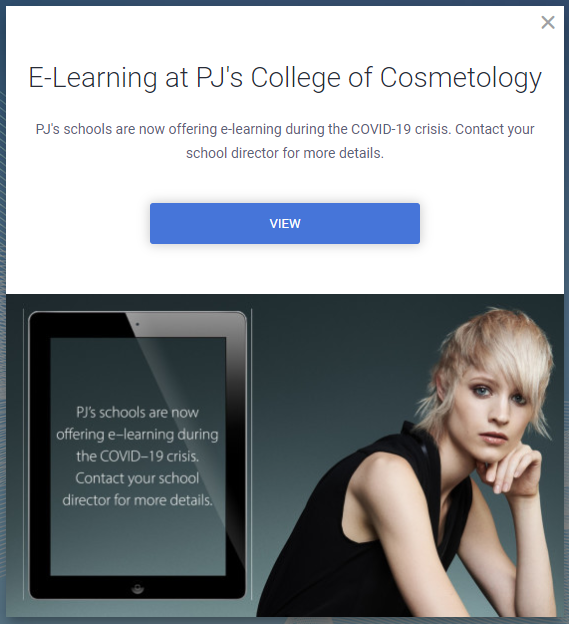Schools around the country are facing one of the most drastic shifts in learning we’ve ever seen. They’re moving from a highly interpersonal, engaging education environment to a fully virtual one. And they’re doing it fast.
When states and school districts began closing school doors earlier this year in light of the COVID-19 pandemic, most weren’t prepared to offer online, virtual and self-led learning. They had to figure it out as they went.
Technology leader Zoom acted fast, offering K-12 schools their video conferencing software for free in mid-March. They later removed the time limit for conferencing to enable longer periods of virtual learning.
Not Just K-12 Schools Facing Virtual Learning Challenges
When non-essential businesses were forced to halt in-person interactions for safety, K-12 schools weren’t the only businesses impacted.
Gyms, churches, music venues and more shut down their physical locations and began rethinking how to serve their members and clients online. Personal trainers began offering virtual sessions and classes, and churches and music venues now offer live streaming of their programming.
Many trade schools were also forced to rethink how they teach students very hands-on techniques without the ability to provide hands-on training.
Trades facing virtual learning challenges:
- Plumbers
- HVAC technicians
- Electricians
- Mechanics
- Massage therapists
- Cosmetologists
- And more
Proof Hands-On Business Can Continue Virtually
Thryv user PJ’s College of Cosmetology, a prominent cosmetology school with locations in Indiana and Kentucky, elected to continue serving students with an online, e-learning option. Despite being a highly hands-on business, PJ’s College of Cosmetology’s innovation allowed them to keep teaching students and keep them on track to complete their courses. Each school’s director took the steps needed to implement virtual conferencing and online learning curriculum for their students.
They sent the following email, alerting students of the change:

How Video Conferencing Can Help
Many hands-on businesses, particularly trade schools, just can’t do everything they’d typically do. Hands-on practicals and performance evaluations are off the table. But that doesn’t mean all progress has to stop.
Video conferencing platforms are incredibly interactive, and they have more features today than they’ve ever had before.
Top video conferencing features to look for:
- Attendance keeping
- Calendar integration and invites
- Recording and playback of each session, allowing for sharing after the fact
- Polling and surveys
- Live private and group chat
- Whiteboarding
- Mobile functionality, even a mobile app
- Integration with other software you already use






